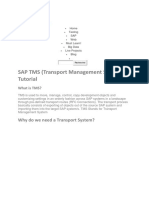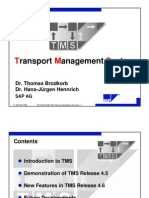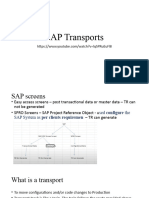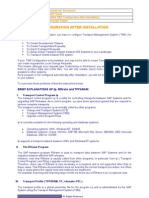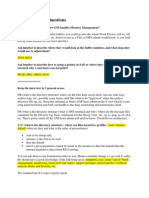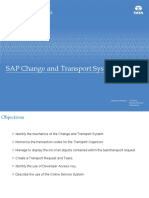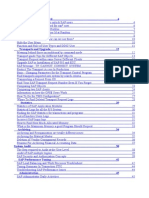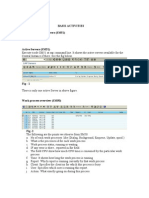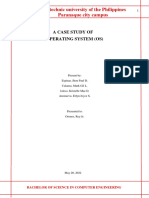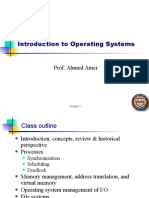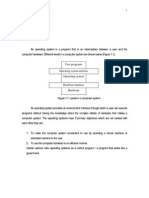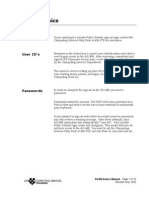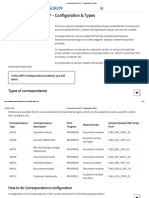0% found this document useful (0 votes)
10 views8 pagesWhy All of This
The document explains the Spool Work Process in SAP, which manages output tasks like printing and emailing, detailing the steps from user-triggered output to final printing. It also covers the Transport Management System (TMS) used for managing changes across SAP systems, highlighting the differences between TMS and RFC in terms of their purposes. Additionally, it outlines the structure of transport requests, directories, and the role of the Transport Domain Controller in managing the transport landscape.
Uploaded by
battlex225Copyright
© © All Rights Reserved
We take content rights seriously. If you suspect this is your content, claim it here.
Available Formats
Download as DOCX, PDF, TXT or read online on Scribd
0% found this document useful (0 votes)
10 views8 pagesWhy All of This
The document explains the Spool Work Process in SAP, which manages output tasks like printing and emailing, detailing the steps from user-triggered output to final printing. It also covers the Transport Management System (TMS) used for managing changes across SAP systems, highlighting the differences between TMS and RFC in terms of their purposes. Additionally, it outlines the structure of transport requests, directories, and the role of the Transport Domain Controller in managing the transport landscape.
Uploaded by
battlex225Copyright
© © All Rights Reserved
We take content rights seriously. If you suspect this is your content, claim it here.
Available Formats
Download as DOCX, PDF, TXT or read online on Scribd
/ 8
